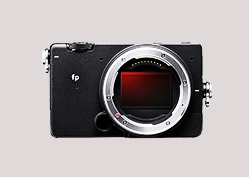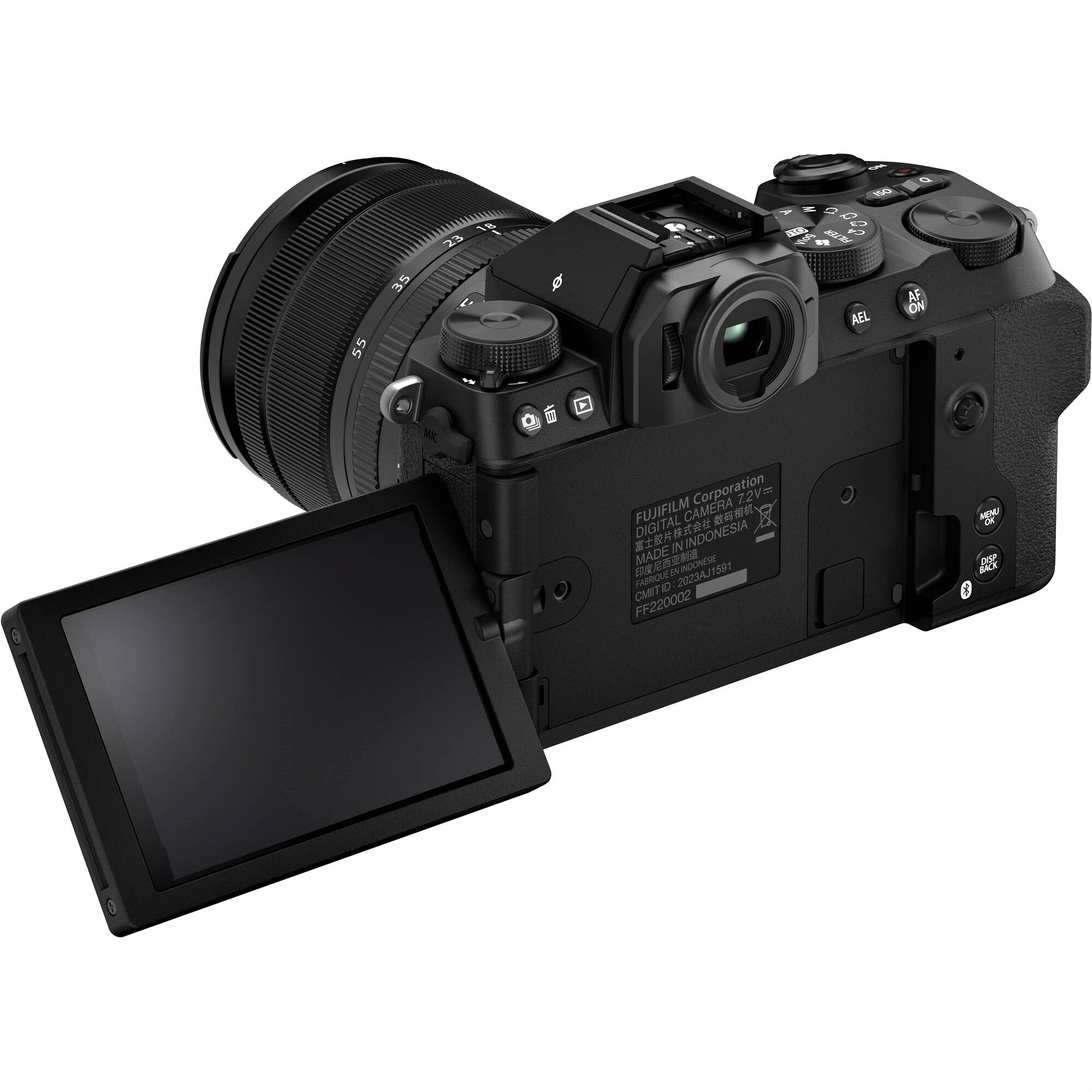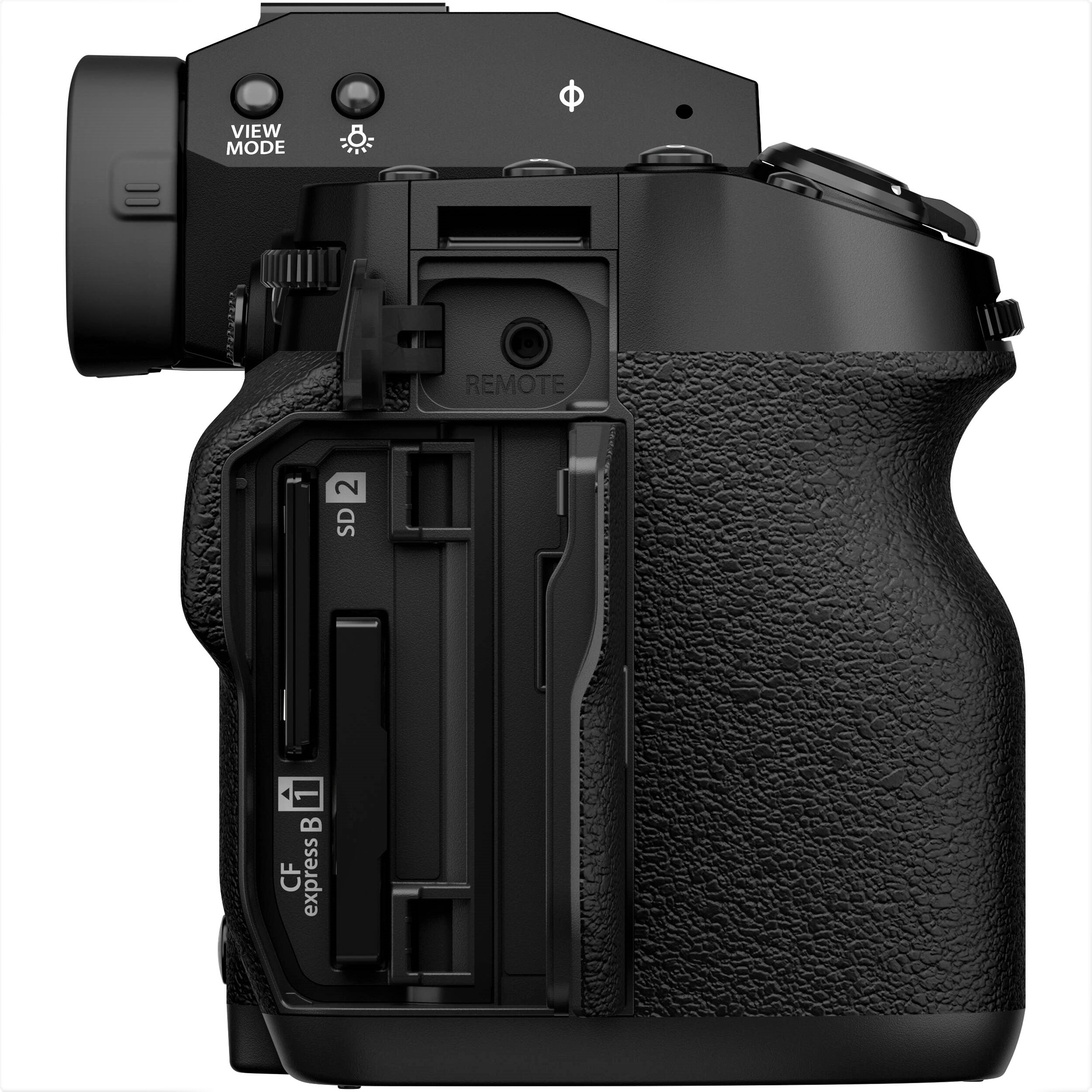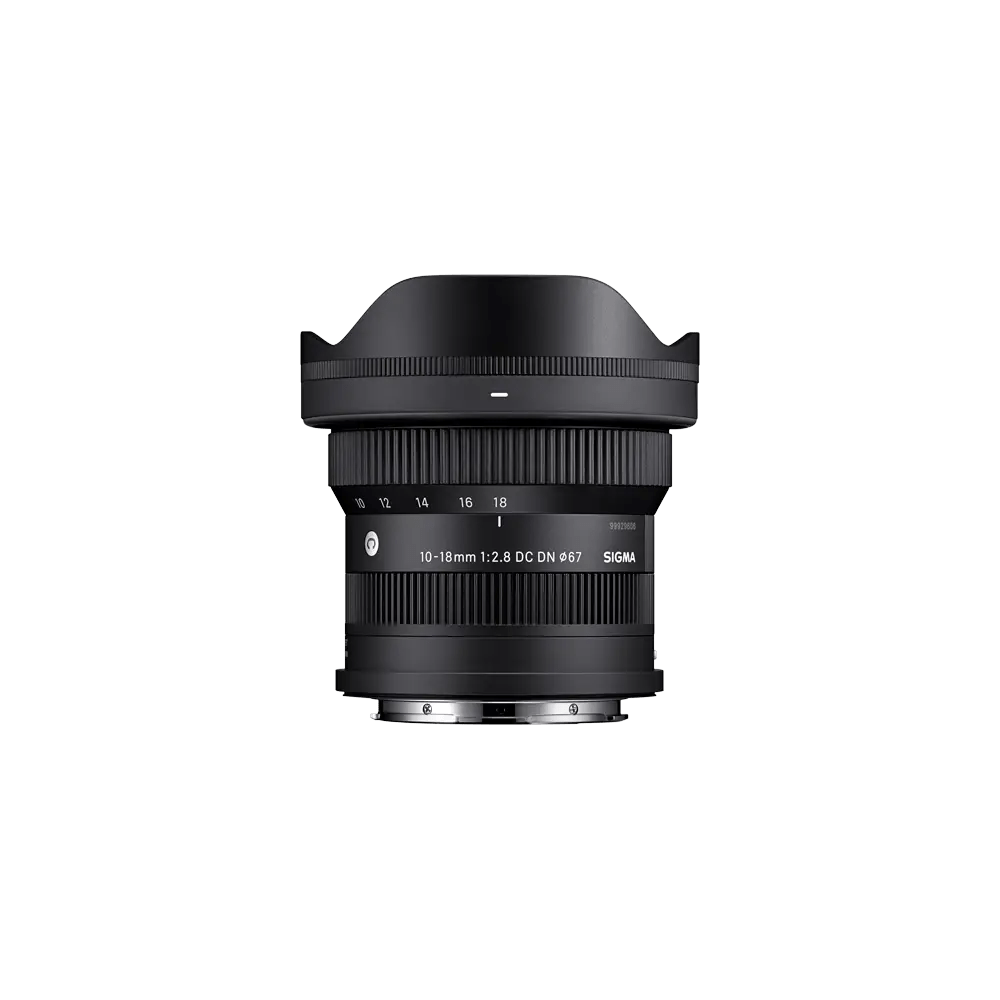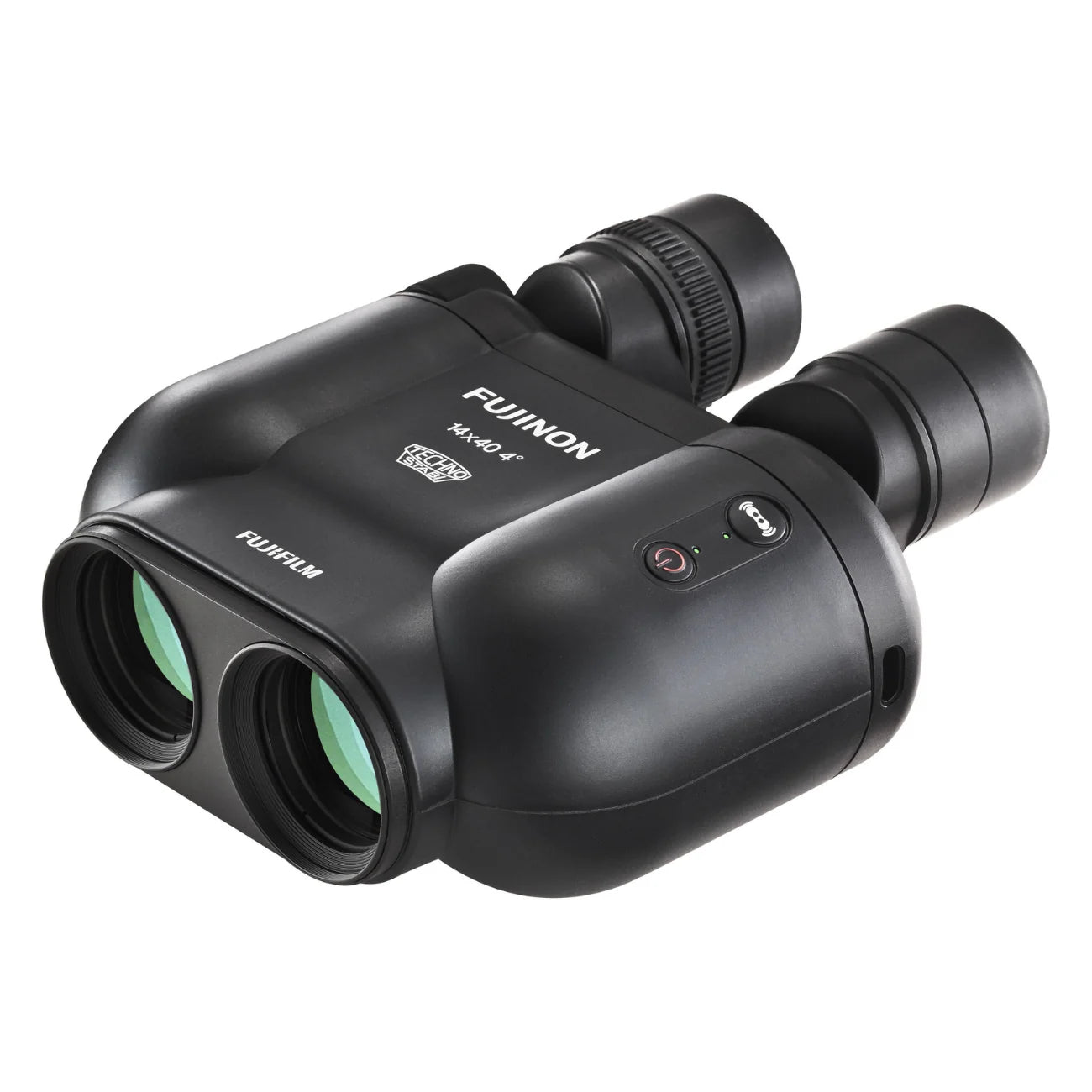Introduction to Photography with Beginner Cameras
Explore the colorful world of photography. It’s a mix of art and tech. Want to capture landscapes, portraits, or city scenes? Start with the right camera. As 2025 unfolds, there are many cameras to choose from. From simple point-and-shoots to complex DSLRs and mirrorless models, it might seem overwhelming.
This guide simplifies choosing your first camera. We focus on models that provide great value and quality. They’re easy for beginners and grow with you as you improve. We’ll look at different cameras, from those with user-friendly designs to ones that offer more flexibility. Learn about sensor sizes and find a lens system that fits your style.
Our goal? To give you the knowledge to pick a camera that boosts your photography skills.
Understanding Camera Types
Before diving into specific models, it's important to understand the different types of cameras available:
Digital Single-Lens Reflex (DSLR) Cameras
-
Pros: DSLRs are highly versatile. They support various lenses, perfect for anything from vast landscapes to tiny details in macro shots. These cameras capture sharp, vivid images thanks to their large sensors. Great for fast-moving subjects, they offer quick shutter speeds and autofocus.
-
Cons: However, DSLRs are bulky and heavy. This makes them less ideal for travel or long days out. They also have many settings, which can be too much for beginners.
Mirrorless Cameras
-
Pros: These cameras strike a fine balance between size and function. Lighter and more compact than DSLRs, they still allow for changing lenses. They excel in video making, thanks to quality video features and stabilization.
-
Cons: On the downside, mirrorless cameras have shorter battery life. You might need extra batteries for extended use. Some lack an optical viewfinder, making them tricky to use in bright light.
Compact (Point-and-Shoot) Cameras
-
Pros: For everyday snaps, point-and-shoots are ideal. They're small, easy to use, and wallet-friendly. Automatic settings simplify shooting in various conditions.
-
Cons: The simplicity means limited creative freedom. You can't swap lenses, and manual options are few. Generally, the image quality doesn't match up to larger cameras.
Smartphone Cameras
-
Pros: The best thing about smartphone cameras is their convenience. Always with you, they're ready to capture any moment. Technological strides have boosted their power. Today's smartphones feature multiple lenses and sophisticated photo-enhancing tech.
-
Cons: Despite these improvements, they still can't match the quality of dedicated cameras in some aspects.
Choosing Your First Camera
When selecting your first camera, consider what type of photography you are interested in and your level of commitment to learning photography. Budget is also a crucial factor, but investing a bit more initially can often save money in the long run as your skills develop.
Key Features to Look For
-
Image Quality: Choose a high-resolution camera. It makes your photos clear and detailed. Also important is how it works in different lights. Some cameras are good in low light. They keep colors bright and reduce noise. This means better photos in more places.
-
Manual Controls: Learn to use settings like ISO, aperture, and shutter speed. They help you control your camera and understand how it works. This is good for creativity and getting the exact photo you want. Cameras that let you change these settings can help you get better over time.
-
Lens Compatibility: Some cameras let you change lenses. This is great because you can try different kinds for different photos, like wide shots or close-ups. Changing lenses can make your camera do more and help you learn more about taking photos.
-
Ease of Use: If you're starting out, look for a camera that's easy to use. Some have helpful guides and simple menus. These help you learn without getting too complicated. This way, the camera grows with your skills but doesn't make it too hard in the beginning.
Best Beginner Cameras of 2025
Let's look into some of the top cameras that have made it to the list this year for beginners:
1. Fujifilm X-M5 Mirrorless Camera
The Fujifilm X-M5 Mirrorless Camera is an excellent choice for new photographers. It's compact and durable. Despite its size, it packs advanced features that blend ease of use with professional-level functionality. The camera delivers high-quality images, thanks to its cutting-edge sensors and algorithms. These ensure clear, vibrant photos in various light settings.
This camera has user-friendly controls and a straightforward interface. It's great for shooting everything from sweeping landscapes to detailed portraits and lively street scenes. The X-M5 adjusts easily to different photography needs. It's also small enough to travel with, avoiding the usual bulk of professional equipment.
For beginners, the Fujifilm X-M5 is more than a camera that takes great photos. It offers a rewarding learning experience, encouraging skill development and creative exploration. It's not just about capturing moments; it's about learning the craft of photography.
Features and Benefits
-
Features Made Better: Sharper Images, Guaranteed This camera packs a punch with a 26.1-megapixel APS-C sensor. Every photo pops with clarity. Need to zoom in or print big? No problem. Detail stays sharp.
-
Easy for All: Beginners or pros, everyone can snap like a pro. New to photography? Auto modes help you learn. Ready to dive deep? Switch to manual. Capture shots your way.
-
Videos that Amaze: Step up your game with 4K videos. The X-M5 is not just for snaps. From home movies to high-end films, expect crystal clear quality. Make every shot count.
You can check this video out by pal2tech before buying.
2. Canon EOS Rebel T8i
The Canon EOS Rebel T8i is a top choice for beginners. It perfectly combines ease of use with versatility. This camera is ideal for newcomers eager to dive into photography. It has plenty of features, but it's not too complex. Great for moving from simple photos to more thoughtful, skilled shots.
The T8i helps users with its clear interface and various shooting modes. You can also change lenses to match different styles and settings. This camera is not just for learning the basics. It's also for exploring and improving your photography skills.
Features and Benefits
-
24.1 MP APS-C Sensor: This camera features a 24.1 MP sensor. It captures sharp, detailed images. Perfect for any photo, it maintains natural colors in light and shadow.
-
Guided Menus for Beginners: The camera has a simple menu. It guides new photographers through settings. This helps beginners learn and enjoy photography more.
-
Wide Lens Compatibility: As your skills improve, so does your camera. It works with many Canon lenses. Change lenses to suit any scene, from landscapes to action shots. This flexibility is great for photographers planning to grow their gear.
You can check this video out by Tech Through The Lens before buying.
3. Nikon D3500
The Nikon D3500 is a standout camera for beginners. It's simple yet advanced, helping new photographers ease into the craft. The camera is user-friendly, preventing newcomers from feeling overwhelmed. It promotes creative exploration with its robust performance. Compact and light, it's great for on-the-go use. This lets you practice and hone your skills in various settings. The battery life is impressive, supporting hours of shooting.
You'll get stunning, high-resolution images thanks to the sharp image quality. For those beginning their photography journey, the Nikon D3500 is a powerful, accessible tool.
Features and Benefits
-
Sensor Quality: The camera has a 24.2 MP DX-format sensor. It captures clear, high-resolution images. In low light, it shines—producing vibrant, detailed photos with little noise. It's perfect for those who shoot in different light settings.
-
Battery Endurance: Its battery life is a standout. Photographers can shoot from sunrise to sunset without changing batteries or recharging often. This is great for those who travel or cover long events where every shot counts.
-
Guide Mode: Nikon's Guide Mode is super user-friendly. It's made for beginners or those moving up from simpler models. The mode gives clear explanations and shows how to do things right on the screen. It helps new photographers feel confident, experiment more, and get better fast.
You can check this video out by Tech Through The Lens before buying.
4. Sony Alpha a6000
The Sony Alpha a6000 shines in the competitive mirrorless camera arena. It's compact, affordable, and performs well. Perfect for beginners, its simple interface pairs with fast speeds and a sharp autofocus. Despite its small size, it’s powerful—ideal for those eager to photograph quick subjects sharply.
Additionally, its cost is reasonable, making advanced photography accessible without skimping on important features. These traits position the a6000 as a prime choice for photographers ready to enhance their skills.
Features and Benefits
-
High-Resolution Sensor: Equipped with a 24.3-megapixel APS-C sensor, the camera captures detailed, clear images. Its larger sensor improves dynamic range, capturing both shadows and highlights vividly. Ideal for various photography styles, from landscapes to portraits.
-
Advanced Autofocus System: The Sony a6000 shines with a fast, advanced autofocus system. It has 179 phase-detection points, enabling it to focus swiftly and accurately on moving subjects. This ensures crisp images in fast-paced scenarios like sports or wildlife. Its tracking capability keeps moving objects in sharp focus.
-
Compact and Versatile Design: The a6000 is sleek yet functional, perfect for photographers on the move. Light and compact, it supports various lenses and accessories without compromising image quality. Whether in a busy city or a remote area, it's designed for easy travel.
You can check this video out by Tech Through The Lens before buying.
5. Panasonic Lumix GX85
The Panasonic Lumix GX85 is a standout camera. Perfect for those who love both photography and videography. It's small but mighty, featuring a 16-megapixel Micro Four Thirds sensor. Great for low light and sharp images.
You can shoot 4K video. This is big—high resolution that also lets you pull high-quality stills from your footage. Catch those quick moments perfectly! Plus, there's advanced stabilization. It keeps your shots smooth. Even on the go.
This camera is quick and adaptable. Works great for action shots or detailed stills. It has a tiltable LCD touchscreen and a built-in viewfinder. Makes it easy to get your shot just right.
In short, the Panasonic Lumix GX85 is more than just a camera. It’s a powerful tool for creativity. It’s user-friendly and packed with features for photos and videos. Ideal for newbies or pros looking to push their limits.
Features and Benefits
-
Enhanced Sensor Technology: This camera features a 16 MP Micro Four Thirds sensor. Unlike others, it skips the low-pass filter. This sharpens and clarifies photos and videos. It captures fine details more accurately. Ideal for both enthusiasts and pros who value precision.
-
Advanced Dual Image Stabilization: It combines body and lens stabilization. This dual system reduces camera shake significantly. You get clearer, sharper images even in tough conditions. Great for photographers in fast-paced or low-light environments.
-
4K Video Capability: Unique in its class, this camera supports 4K video. This feature is usually found in more expensive models. It's excellent for both newbie and experienced videographers looking for a cost-effective option. Ideal for creating everything from YouTube videos to professional films. It offers vast creative potential.
You can check this video out by DPReview TV before buying.
Learning Photography: Tips for Beginners
Starting your photography journey with a new camera is both exciting and a bit overwhelming. Here's a simpler guide to boost your skills and enjoy the process of becoming a skilled photographer:
Try Out Different Camera Settings
Play around with your camera's many features. Don't just adjust settings—explore how changes like exposure, ISO, aperture, and shutter speed affect your photos. These tweaks can alter the way you capture light and moments, helping you see the world through your lens.
Practice Regularly
Remember, regular practice is key. Take your camera out often. Try shooting on cloudy days for soft lighting or at noon for sharp shadows. Each setting teaches you something new, improving both your technical abilities and your creative vision.
Join Photography Groups
Get involved in photography communities, whether online, in local clubs, or classes. Connecting with other enthusiasts and experts accelerates your learning. These groups offer feedback and encourage you to stretch your limits, enriching your photographic journey.
Following these steps not only polishes your technical skills but also enhances your love for photography. As you progress, you'll discover that photography is more about expressing your feelings about the world than just documenting it.
Conclusion
As we wrap up our comprehensive guide on the best cameras for beginners in 2025, it's clear that the market offers a variety of options tailored to new photographers. From the versatile and intuitive Fujifilm X-M5 Mirrorless Camera to the robust and reliable Nikon D3500, each camera brings something unique to the table.
Whether you're drawn to mirrorless cameras for their compact form and video capabilities or prefer the traditional feel and optical viewfinder of DSLRs, there is a beginner camera out there that will meet your needs and help you grow as a photographer.
Key Takeaways
-
Choose a camera that fits your intended style of photography and learning curve: Whether it’s the fast autofocus of the Sony Alpha a6000 or the dual image stabilization in the Panasonic Lumix GX85, each camera has strengths that cater to different aspects of photography.
-
Invest in learning and practice: No matter which camera you choose, the real magic happens when you actively engage with your photography journey through regular practice and continued learning.
-
Explore additional resources: Remember, the camera is just the beginning. Explore lenses, accessories, and educational resources to expand your photographic capabilities.
Starting your photography adventure? Choosing the right camera is crucial. It's your first step. As you improve, you'll see photography differently. It's not just capturing moments. It's about sharing your view, your creativity.
The ideal beginner camera? It should be fun, engaging, and grow with you. Explore, learn, and push your limits.
Visit our website to explore detailed reviews, get expert advice, and browse the latest models. Whether you are making your first camera purchase or looking to understand more about the camera you have chosen, we are here to help you make informed decisions and support your growth in photography.

